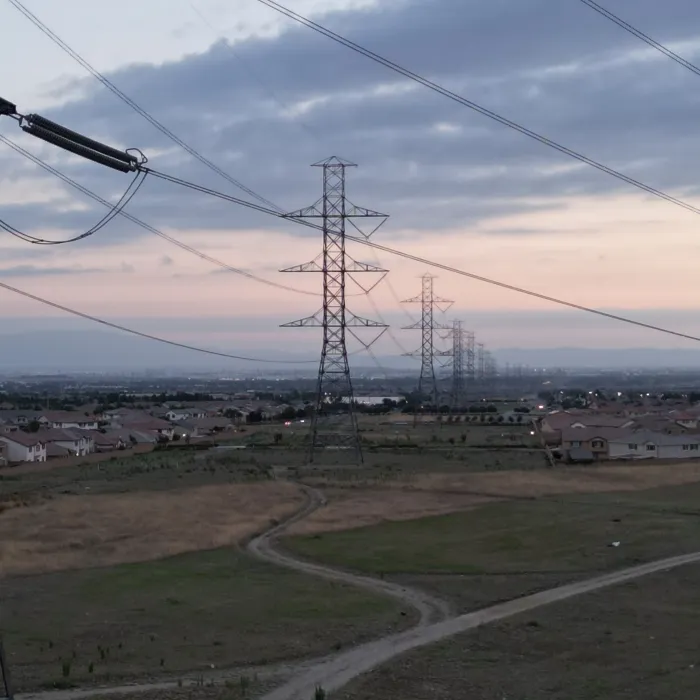June 19, 2025
In 2023, the National Renewable Energy Laboratory (NREL) released a report outlining inequalities in grid reliability in California's Los Angeles County. The organization found that disadvantaged communities and mostly Hispanic communities experienced more frequent power interruptions than non-disadvantaged, mostly non-Hispanic communities. NREL researchers also found that disadvantaged communities are half as likely to have underground distribution lines as other communities.
A similar study by the University of Minnesota published in 2024 found that communities of color and low-income areas of the state experienced more and longer service interruptions than other areas of the state. Inequities in power distribution and reliability are increasingly recognized across the country, and some states are asking utilities to improve grid reliability accordingly.
In the article "Considering Community: New Tools Allow Utilities to Consider Environmental Justice When Investing in Power Grids," Exponent's Gitanjali Bhattacharjee, Ph.D., Ezra Jampole, Ph.D., P.E., and Katie Palmquist, Ph.D., discuss inequalities in grid reliability across the U.S. and methods to identify and quantify those inequalities. The authors provide background on how states like California, Michigan, and New York are prioritizing the assessment of utility projects to mitigate inequalities in power distribution. For example, California has developed a software tool — CalEnviroScreen — that maps different population characteristics of communities throughout the state as well as their exposure to environmental hazards. Michigan has built a similar tool using CalEnviroScreen as its base, MiEJScreen.
Drs. Bhattacharjee, Jampole, and Palmquist describe how utilities can use regression analysis along with the data made available through these tools to understand the relationship between power reliability and community demographics. These environmental justice tools can also be used to reveal exposure to environmental hazards, health vulnerabilities, and other demographic factors that can affect or delay electric utility modernization projects.

"Considering Community: New Tools Allow Utilities to Consider Environmental Justice When Investing in Power Grids"
Read the full article here
From the publication: "Mitigating environmental injustice may mean intentional changes to a project, like altering the project footprint or increasing buffer zones, changing tower or power line locations, or even redesigning the overall configuration of the site."




